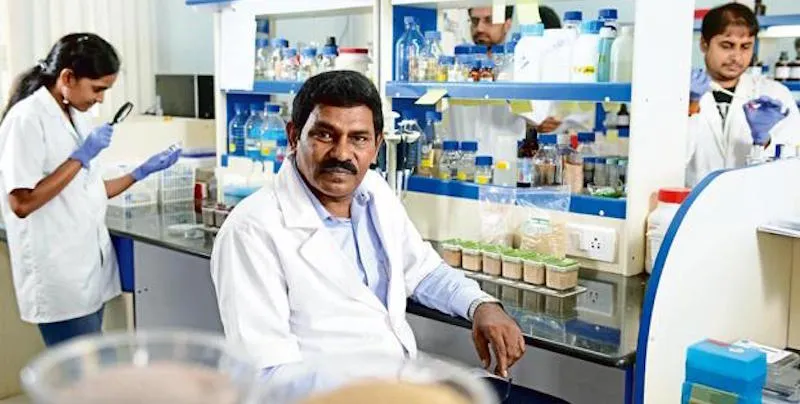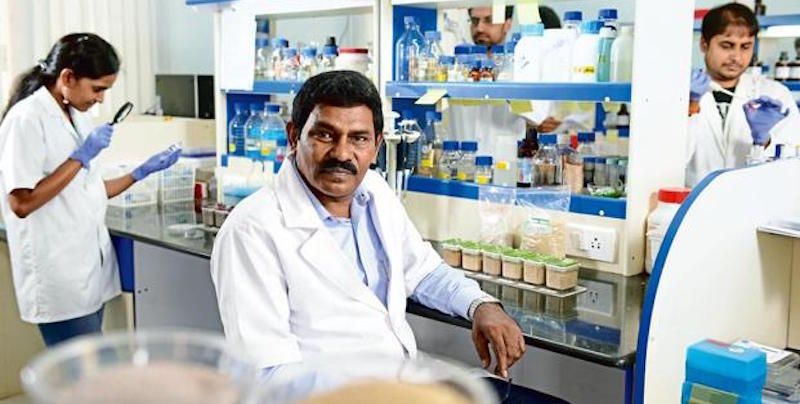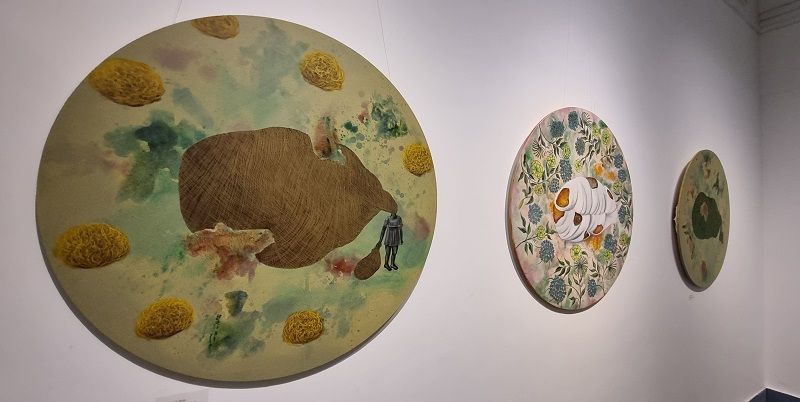This professor from Mysuru has developed drought-tolerant grains for Indian farmers
After three years of field and laboratory testing, Professor Ram Rajasekharan, director of Central Food Technological Research Institute in Mysuru, is ready to introduce a so-called wonder grain to Indian farmers. This wholegrain called Teff is high on protein, equivalent to the white of an egg, is drought-tolerant, high in resistant starch which makes it a slow-releasing food, good for diabetics, and, above all, is free of gluten.

In a report by Live Mint, Teff is the most important cereal of Ethiopia and Injera, made by fermenting batter in controlled temperature for days, has been their cultural food for centuries. Rajasekharan brought 18 varieties into India, through the Indian Council of Agricultural Research, and to his lab at the Central Food Technological Research Institute (CFTRI) in Mysuru. Only two varieties, brown and ivory in colour, survived.
“I am from a village which has no water,” said the professor. Rajasekharan grew up on a farm in a village in Manamadurai taluk of Tamil Nadu where he not only witnessed acute shortage of water but also a blatant caste-divide between the two resident colonies which lived just 50 metres apart—Pallars, the land labourers, and Thevars, the warrior caste. Those scars and experiences shaped his science, forever.
As the first graduate from his village, he came to the Indian Institute of Science (IISc) for PhD and fell for lipids—fats which form the outer layer of a cell and provide structures for containing water. In his subsequent years in the US, first as a post-doctoral student at the University of Illinois, then as a scientist at DuPont, and later again as an academic at New Mexico State University, he continued to study lipids and their role in human diet.
To stay updated with more positive news, please connect with us on Facebook and Twitter.











